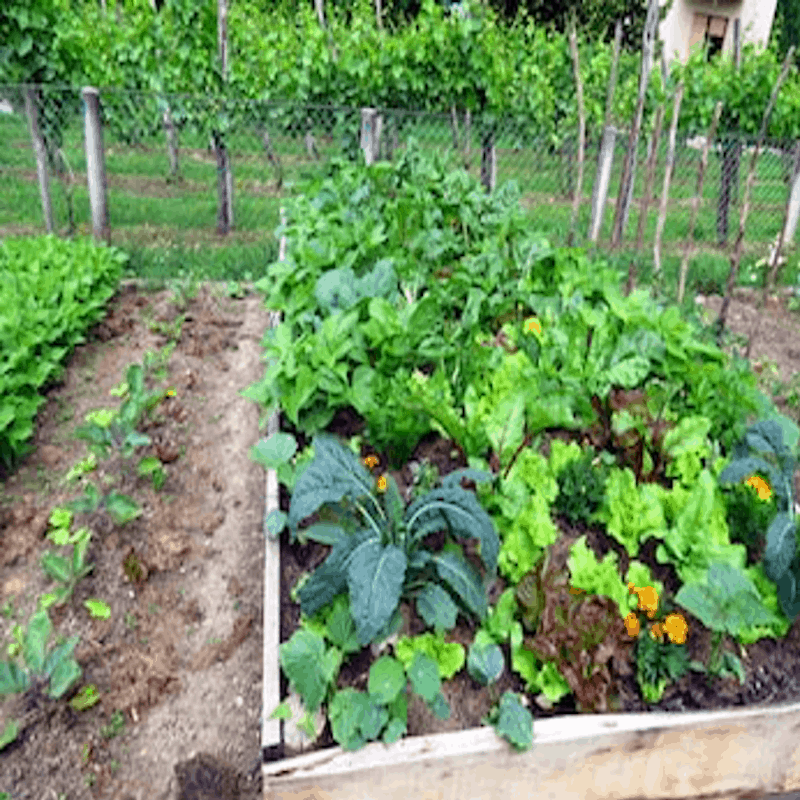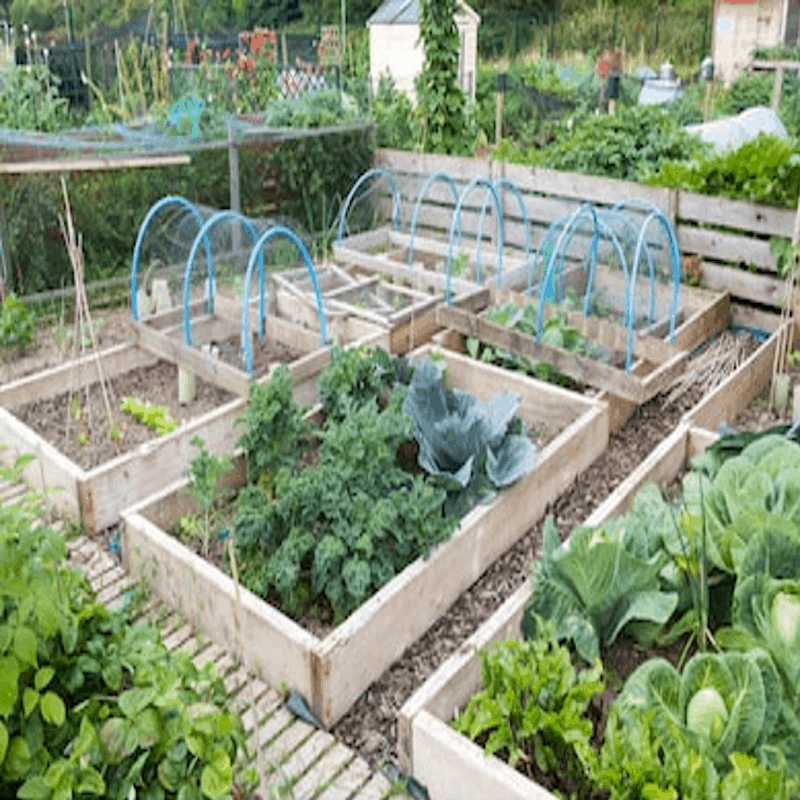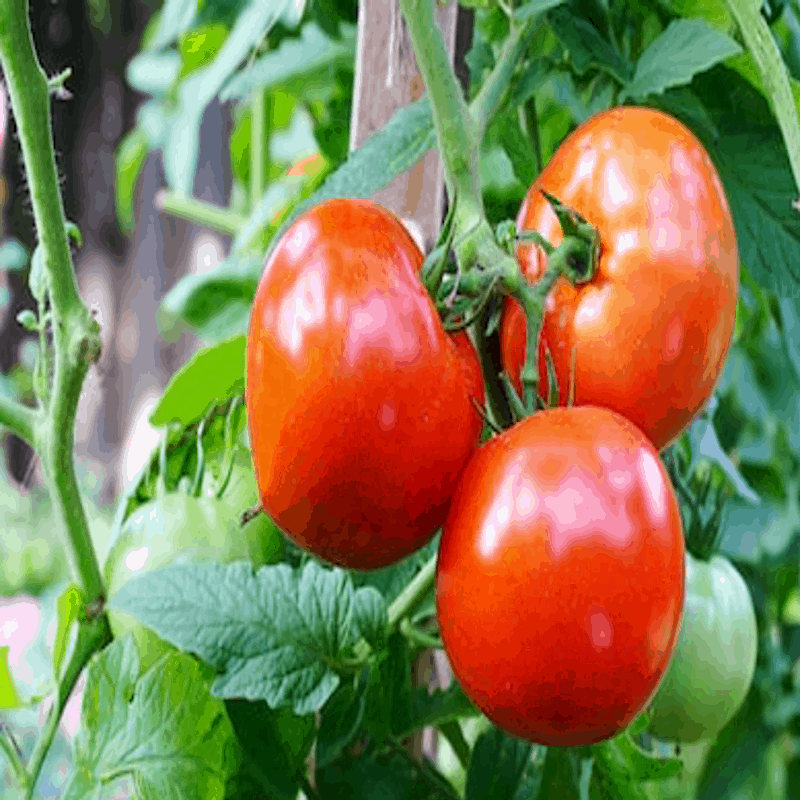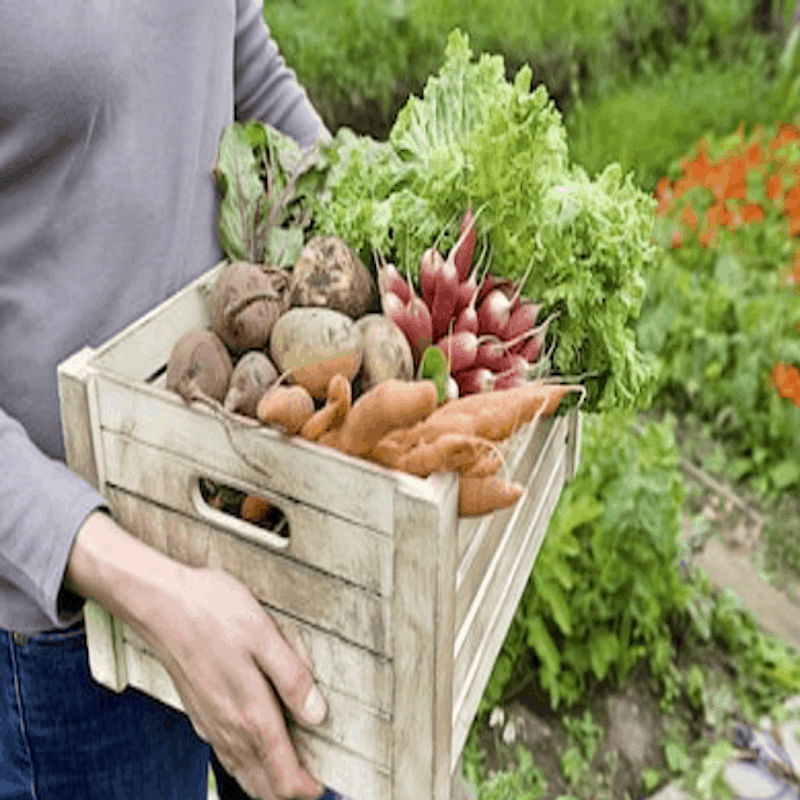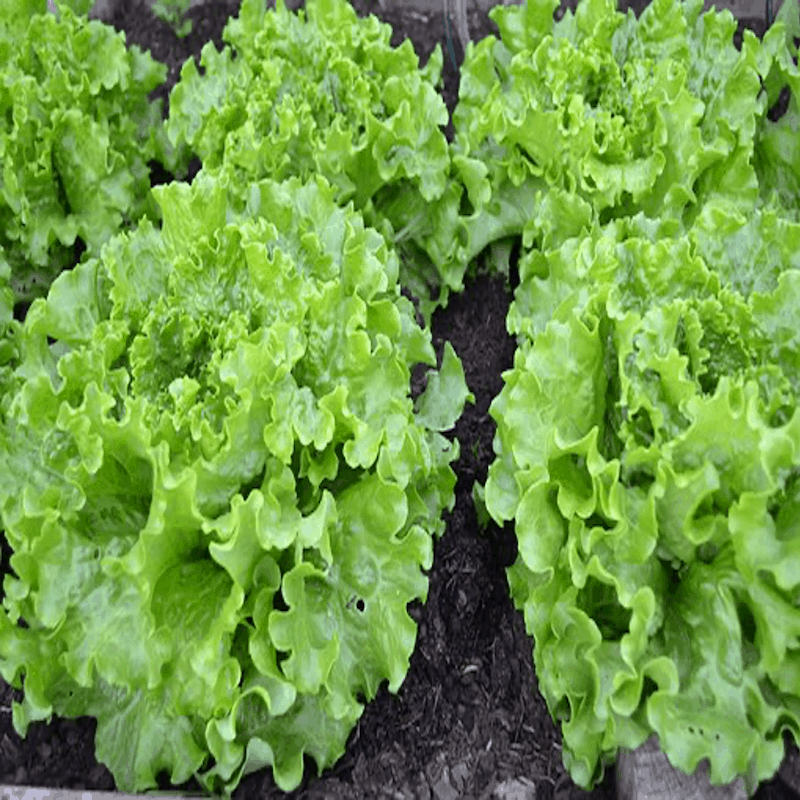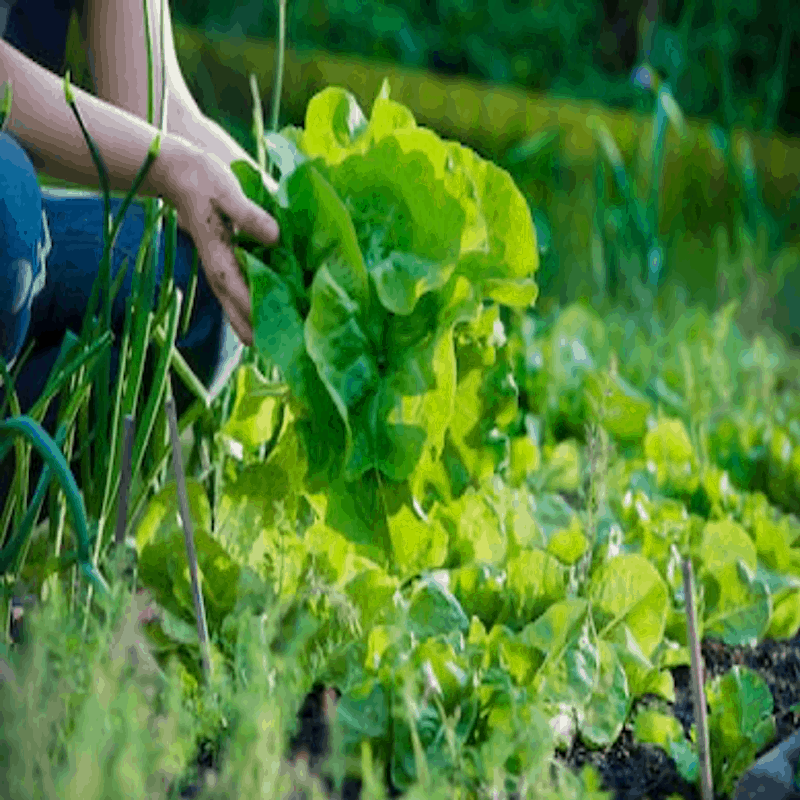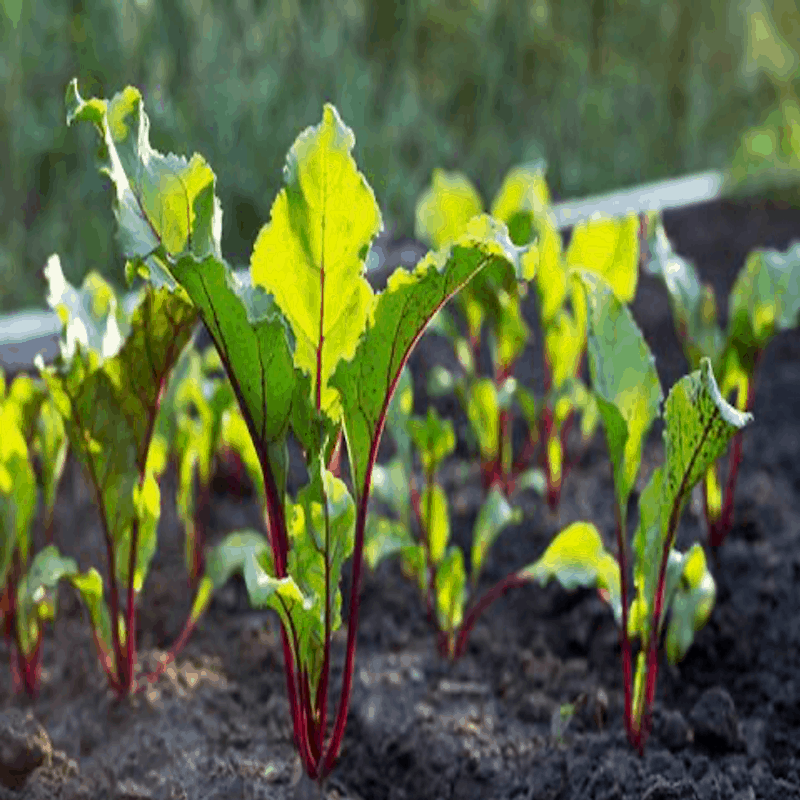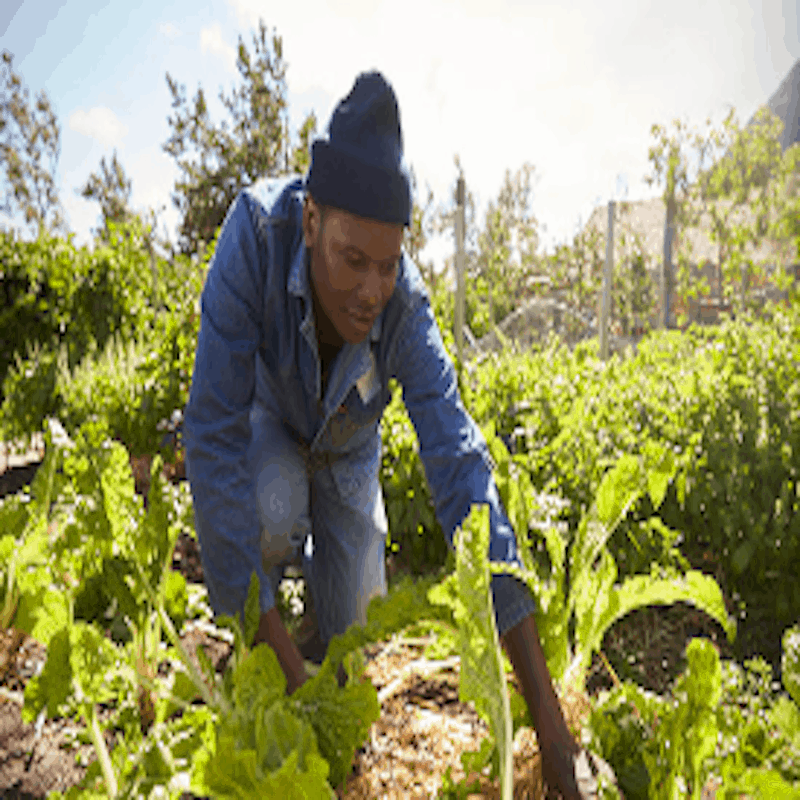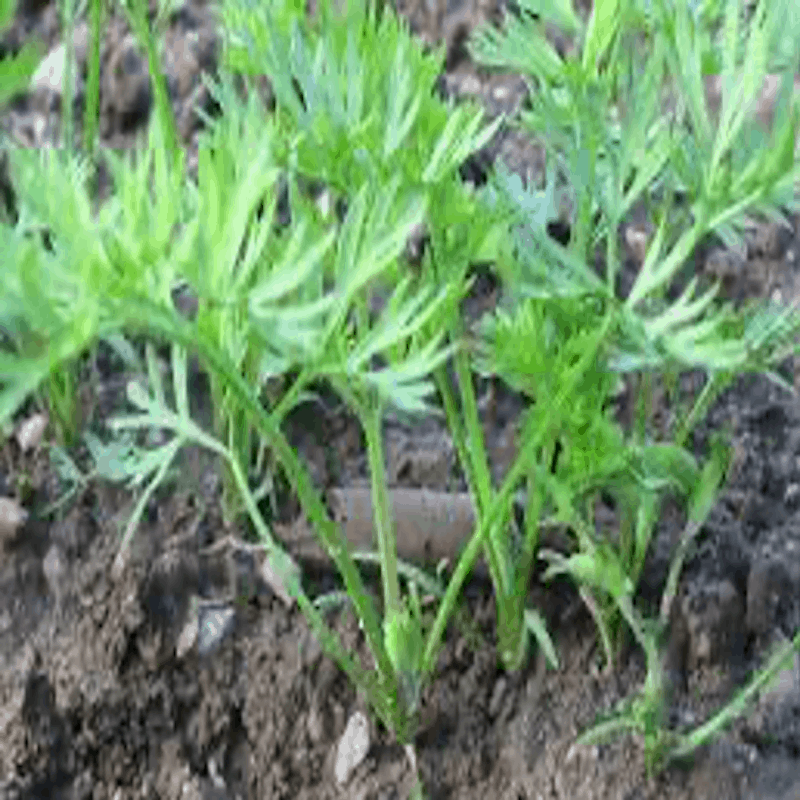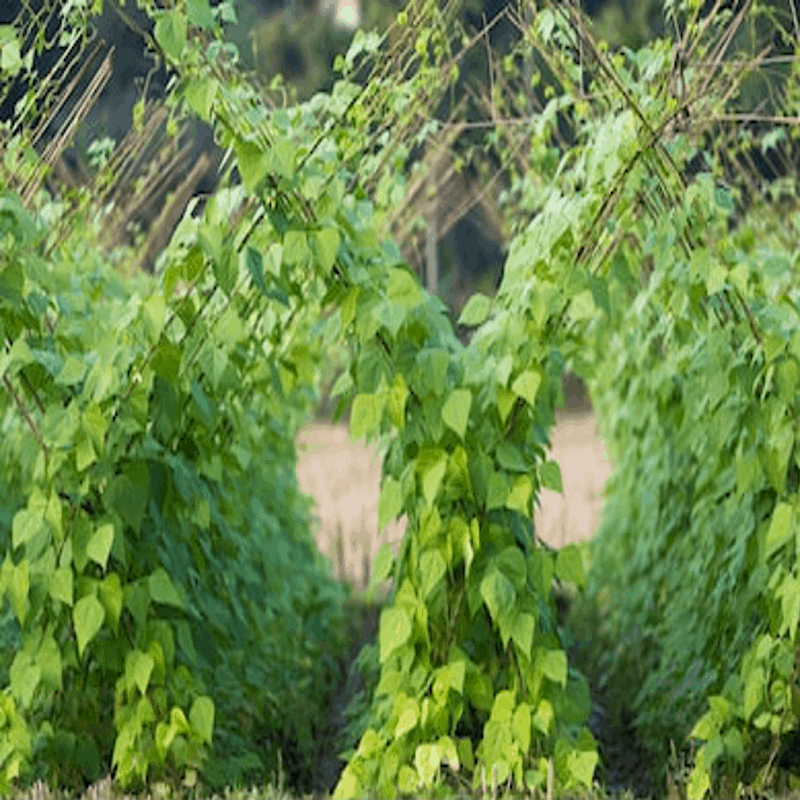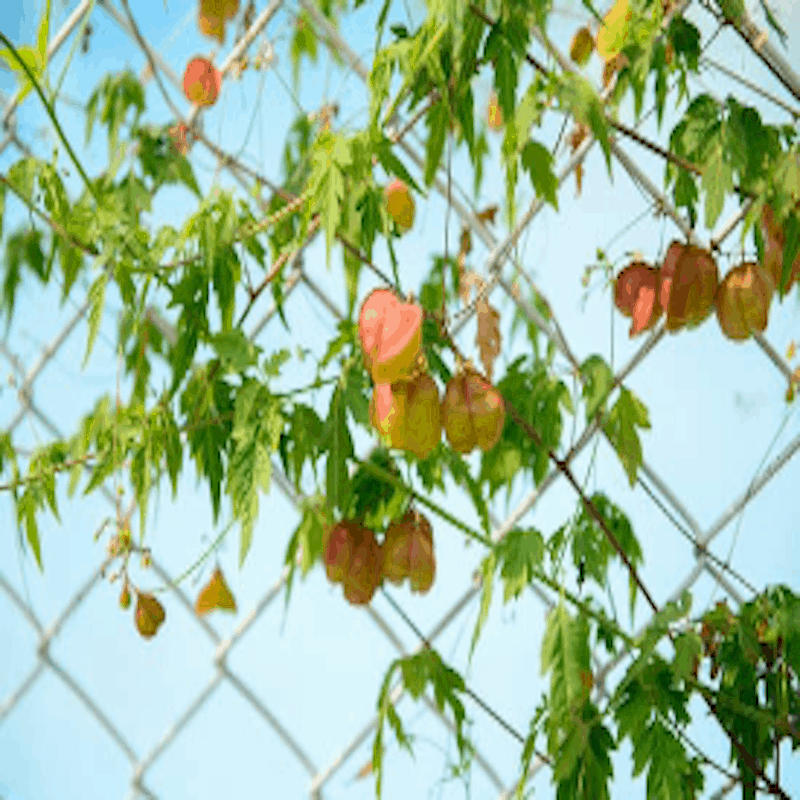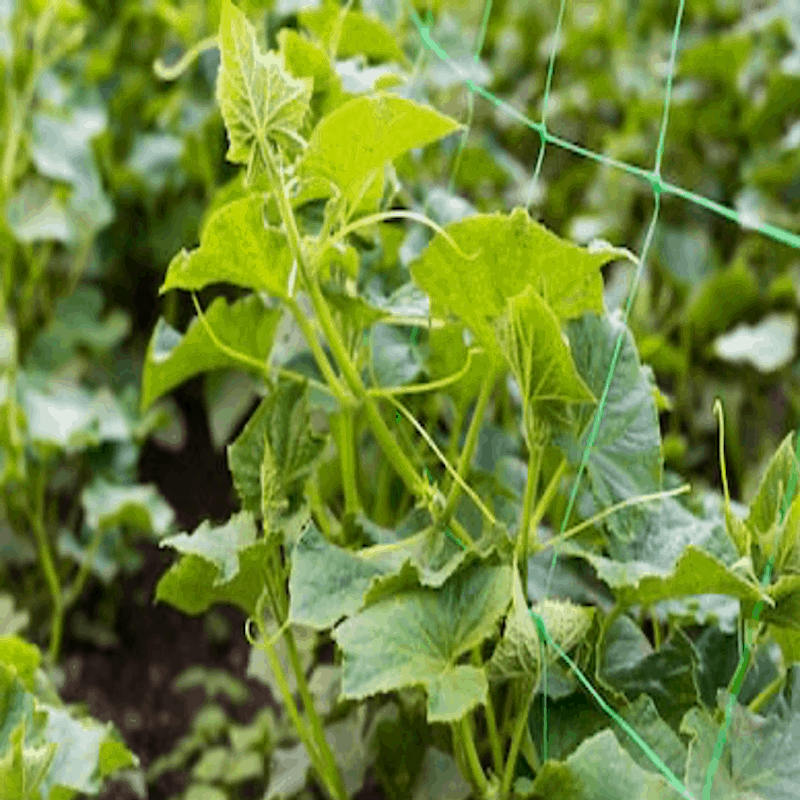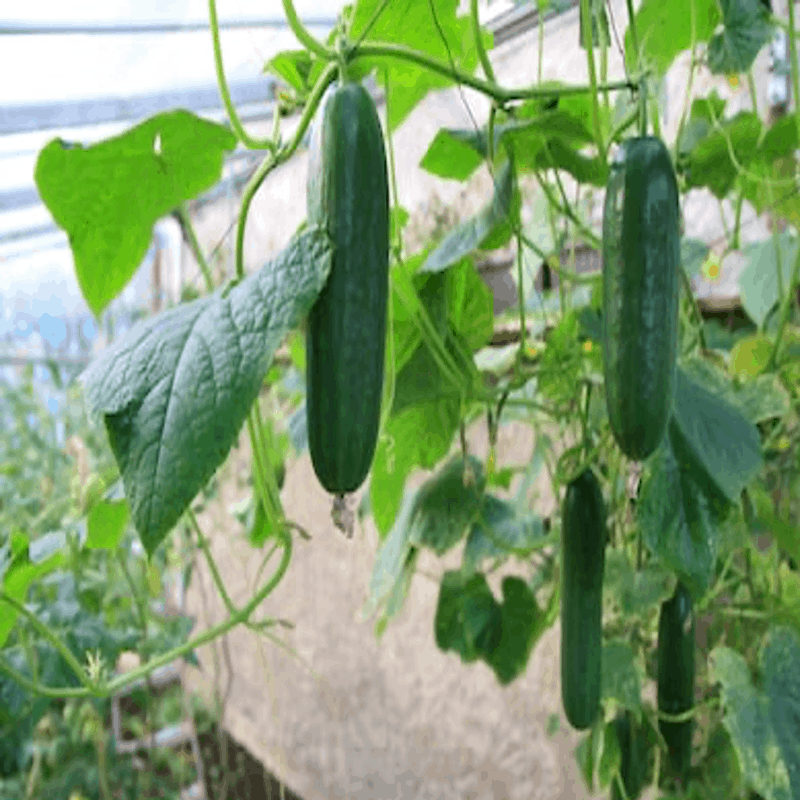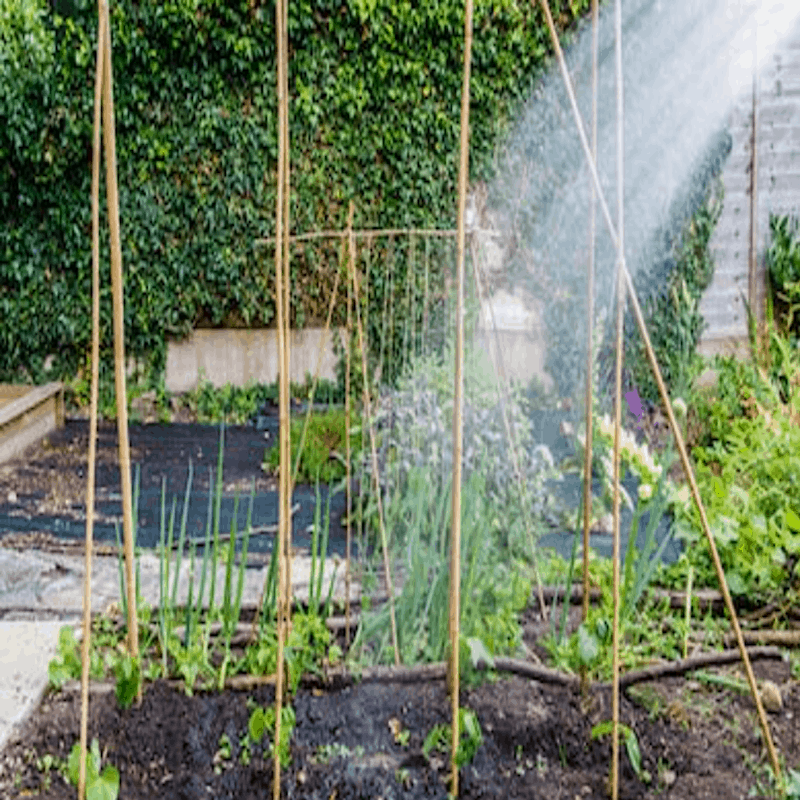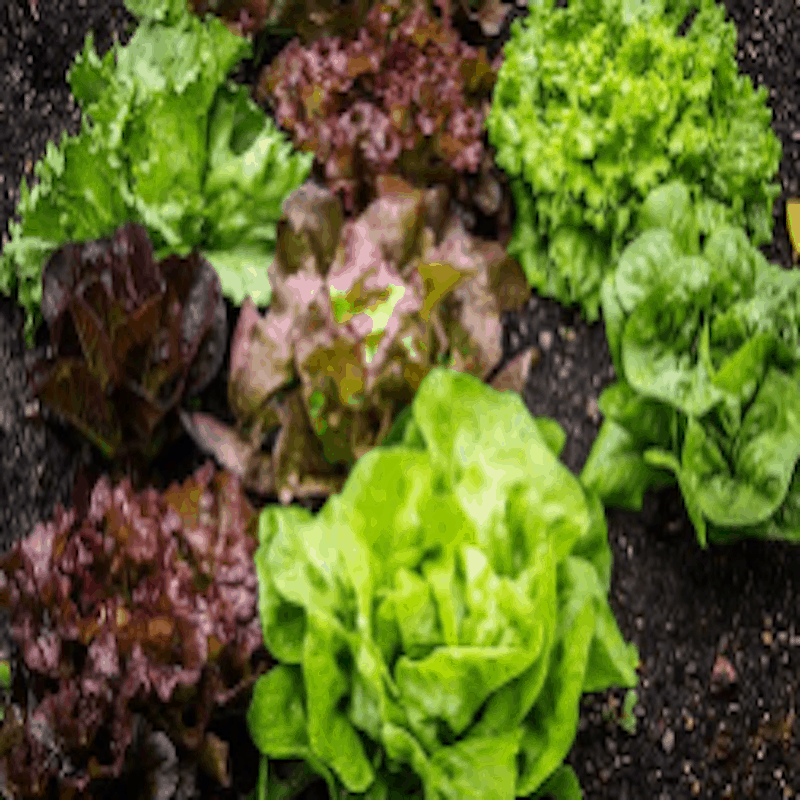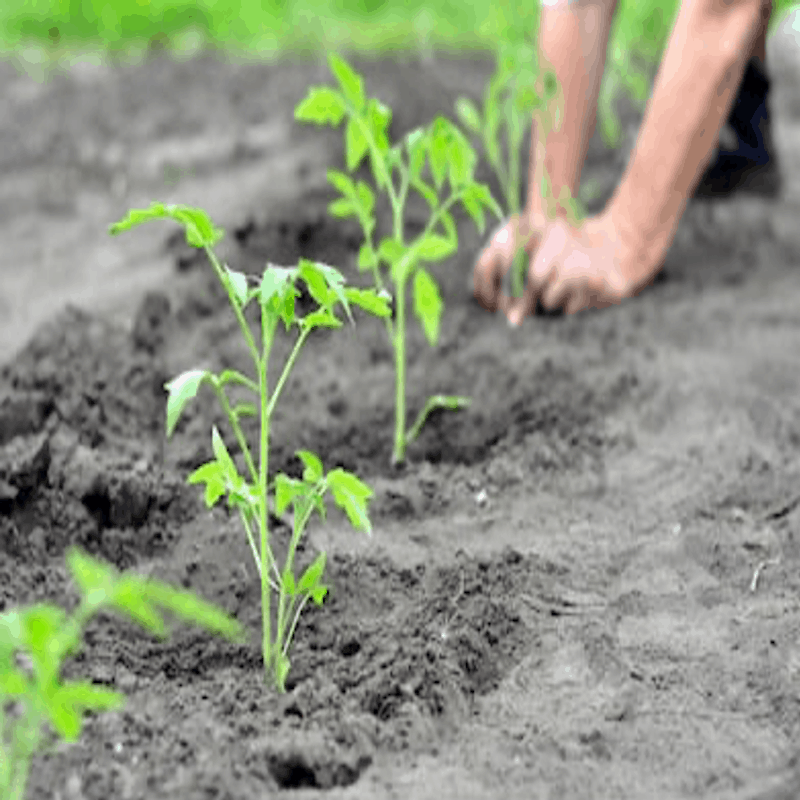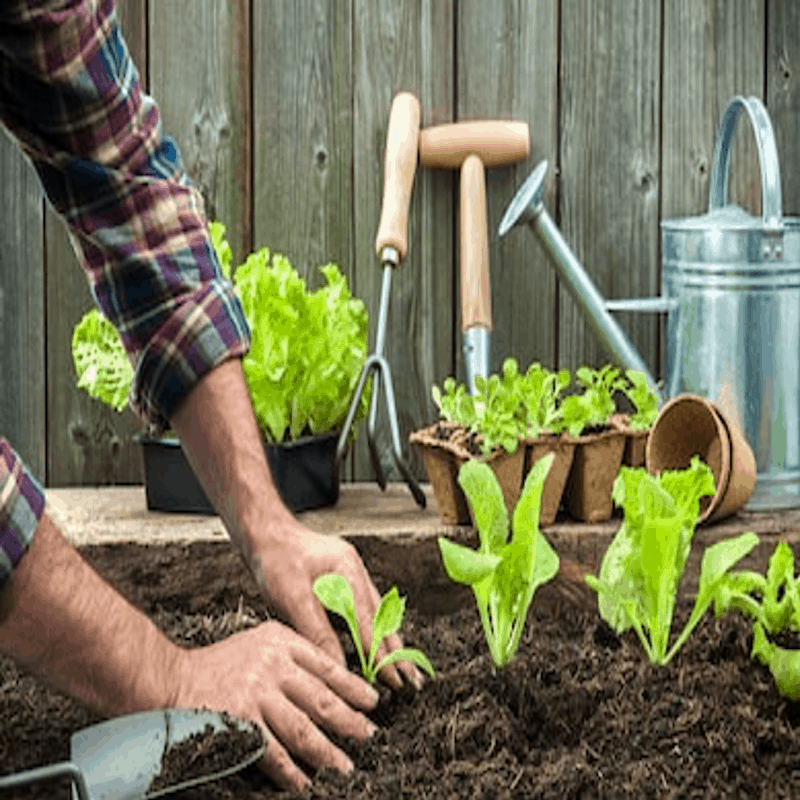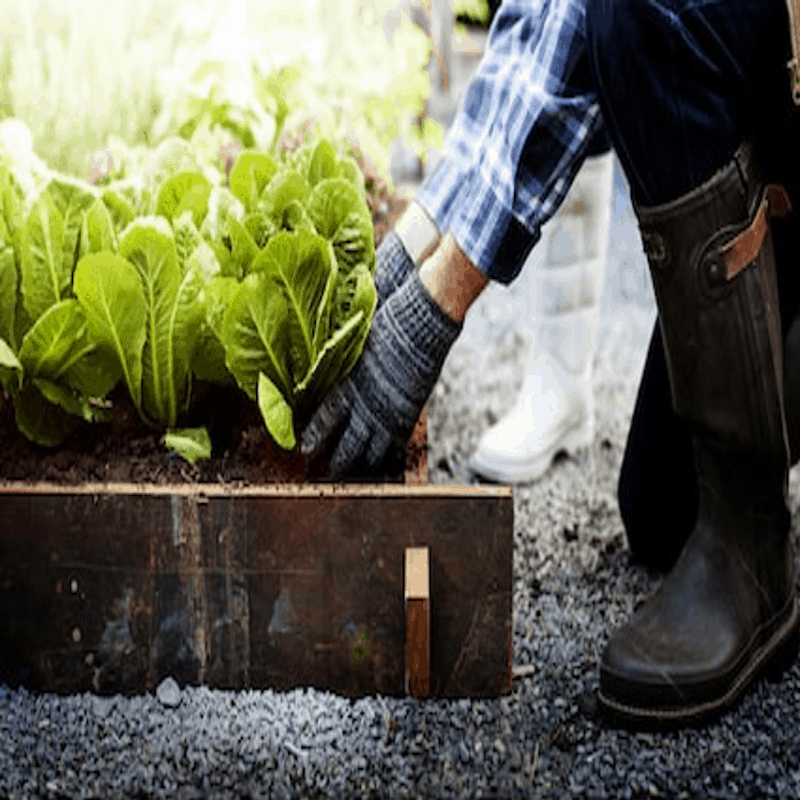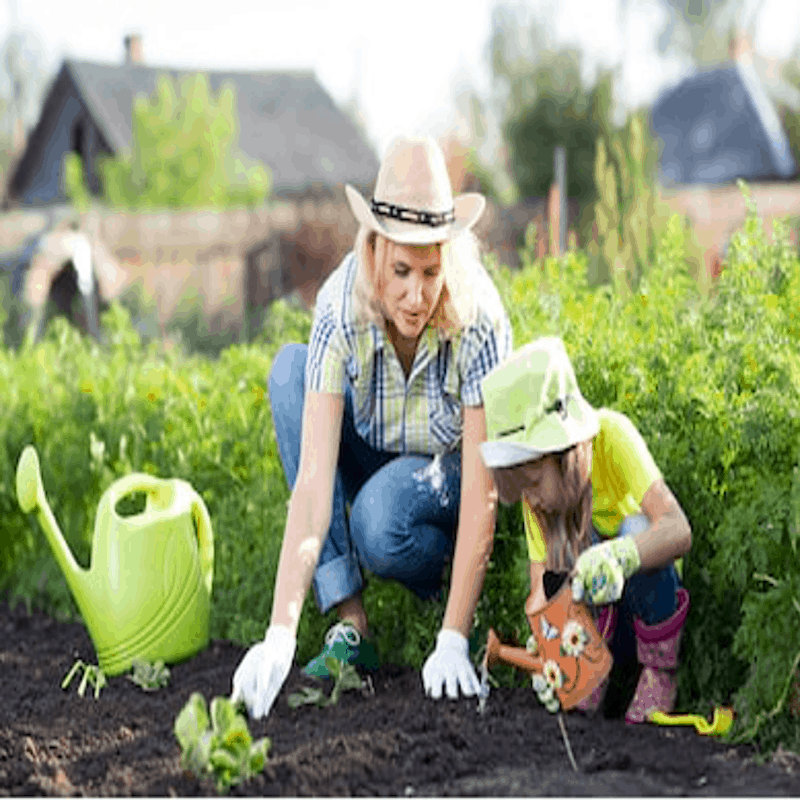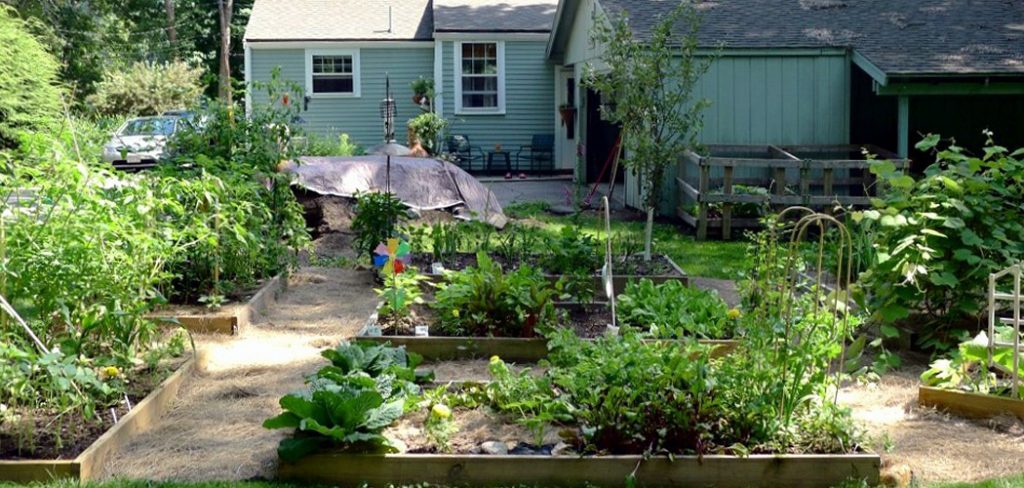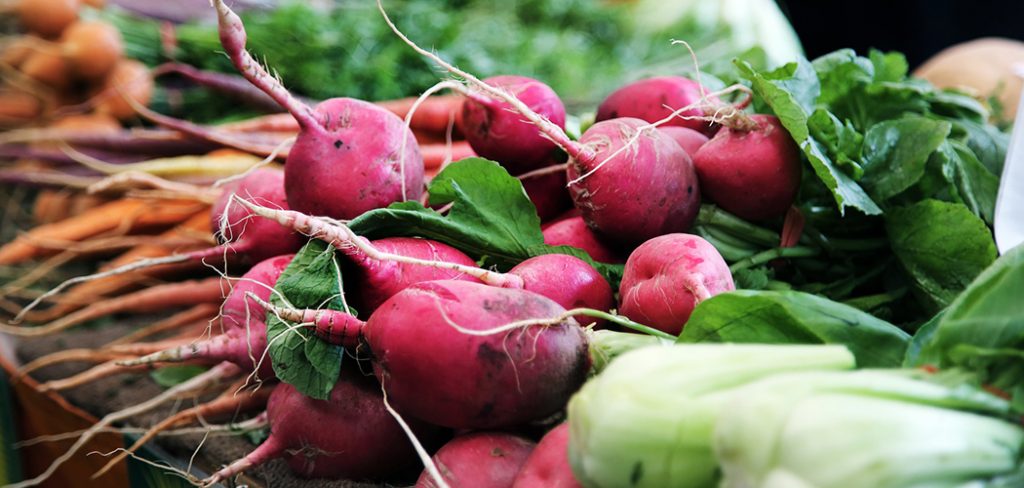Harvesting tons of tasty and nutritious vegetable yields from your small plot seems like unbelievable. But not right now because this is possible to attain. You can achieve high returns even you have a small vegetable garden by applying a vital secret.
Use your planning strategies to make this work on your garden so that you can have a super productive garden that yields high. Below are five tips to make the most of your small vegetable garden space.
Plant vegetables in a raised bed and rich soil
Building the soil is an essential factor to pump up your yields. A land that is rich in organic material makes the plants grow healthy since the roots can reach more water and nutrients. Your vegetable will result in extra-lush and productive growth.
The most excellent way to get the deep layer of the fertile soil is a raised bed. A raised bed can yield four times than space where vegetables are planted in an unraised bed. Besides, if you plant your vegetables on a raised bed, it can save you time.
The plant will grow close to the crowds of weeds so you can spend lesser time in weeding. The close spacing of the vegetable plants can also make watering and harvesting the crops efficiently.
It is recommended for you to use a raised bed especially if you are growing radishes.
Pick compatible vegetable crops for pairings
If you interplant compatible crops, you will save space. You may want to consider the classic combination – corn, squash, and beans. While the white squash grows freely on the ground, shading out the weeds, the sturdy corn stalks will support the pole beans. You can also try other combinations such as basil, tomatoes, and onions. Carrot, radish, and onion is also a great combination. Some vegetable gardeners plant celery and beets together or peas or brassicas and leaf lettuce.
Plant your vegetable crops in triangles
Most of the vegetable gardeners plant their crops in a row than in a triangle. If you desire to obtain maximum yield from the small plant bed, consider the arrangements of your plants. It is better to avoid a square pattern or row, instead stagger the plants in triangles. This way, you will be able to plant 10% to 14% more on each bed, thereby bringing you a higher yield.
Grow a climbing vegetable
In order to capitalize on the space, grow a climbing vegetable. It does not matter how small is your vegetable garden, you can grow more vegetable if you go in vertically. Plant a vining crop like tomato, squash, pole beans, and so on. Then, straight it up by putting trellises, cages, or fences to support them. If you grow your vegetables vertically, you can save time. You can also make maintenance easy and harvest faster because fruits are highly visible. Besides, the fungal diseases will not likely affect the upward bound vegetable plants because of the circulation of the air around its foliage.
Time your vegetable crops carefully.
If you plant your vegetables on a succession, you can grow more crops in space during the growing season. Therefore, it becomes possible for gardeners to harvest two to four crops from a single area. But to get most yield while on a succession planting, you can transplant your vegetable after a month old. It will make the plants grow mature faster than sowing the seed directly to the bed. Then choose a variety that matures fast. It is also better to replenish the soil with an organic compost each time that you replant.
I hope that you can get a high yield the next time you plant in your vegetable garden and check my post on sustainable farming.

